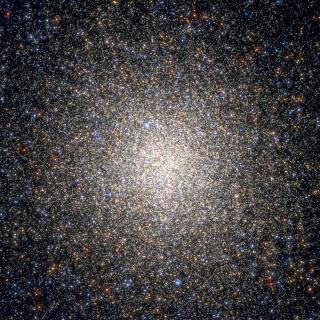Hidalgo, S. L.; Pietrinferni, Adriano; Cassisi, Santi; Salaris, Maurizio; Mucciarelli, Alessio; Savino, Alessandro; Aparicio, A.; Silva Aguirre, Victor; Verma, Kuldeep
Referencia bibliográfica
The Astrophysical Journal, Volume 856, Issue 2, article id. 125, 22 pp. (2018).
Fecha de publicación:
4
2018
Revista
Número de citas
332
Número de citas referidas
294
Descripción
We present an updated release of the BaSTI (a Bag of Stellar Tracks and
Isochrones) stellar model and isochrone library for a solar-scaled heavy
element distribution. The main input physics that have been changed from
the previous BaSTI release include the solar metal mixture, electron
conduction opacities, a few nuclear reaction rates, bolometric
corrections, and the treatment of the overshooting efficiency for
shrinking convective cores. The new model calculations cover a mass
range between 0.1 and 15 M ⊙, 22 initial chemical
compositions between [Fe/H] = ‑3.20 and +0.45, with helium to
metal enrichment ratio dY/dZ = 1.31. The isochrones cover an age range
between 20 Myr and 14.5 Gyr, consistently take into account the
pre-main-sequence phase, and have been translated to a large number of
popular photometric systems. Asteroseismic properties of the theoretical
models have also been calculated. We compare our isochrones with results
from independent databases and with several sets of observations to test
the accuracy of the calculations. All stellar evolution tracks,
asteroseismic properties, and isochrones are made available through a
dedicated web site.
Proyectos relacionados

Vía Láctea y galaxias cercanas
El objetivo general del Proyecto es el estudio de la estructura, historia evolutiva y proceso de formación de galaxias a través de sus poblaciones estelares resueltas, tanto a partir de fotometría como espectroscopia. El proyecto puede dividirse en cuatro líneas principales: I. Historia de formación estelar en el Grupo Local. El objetivo de esta
Martín
López Corredoira